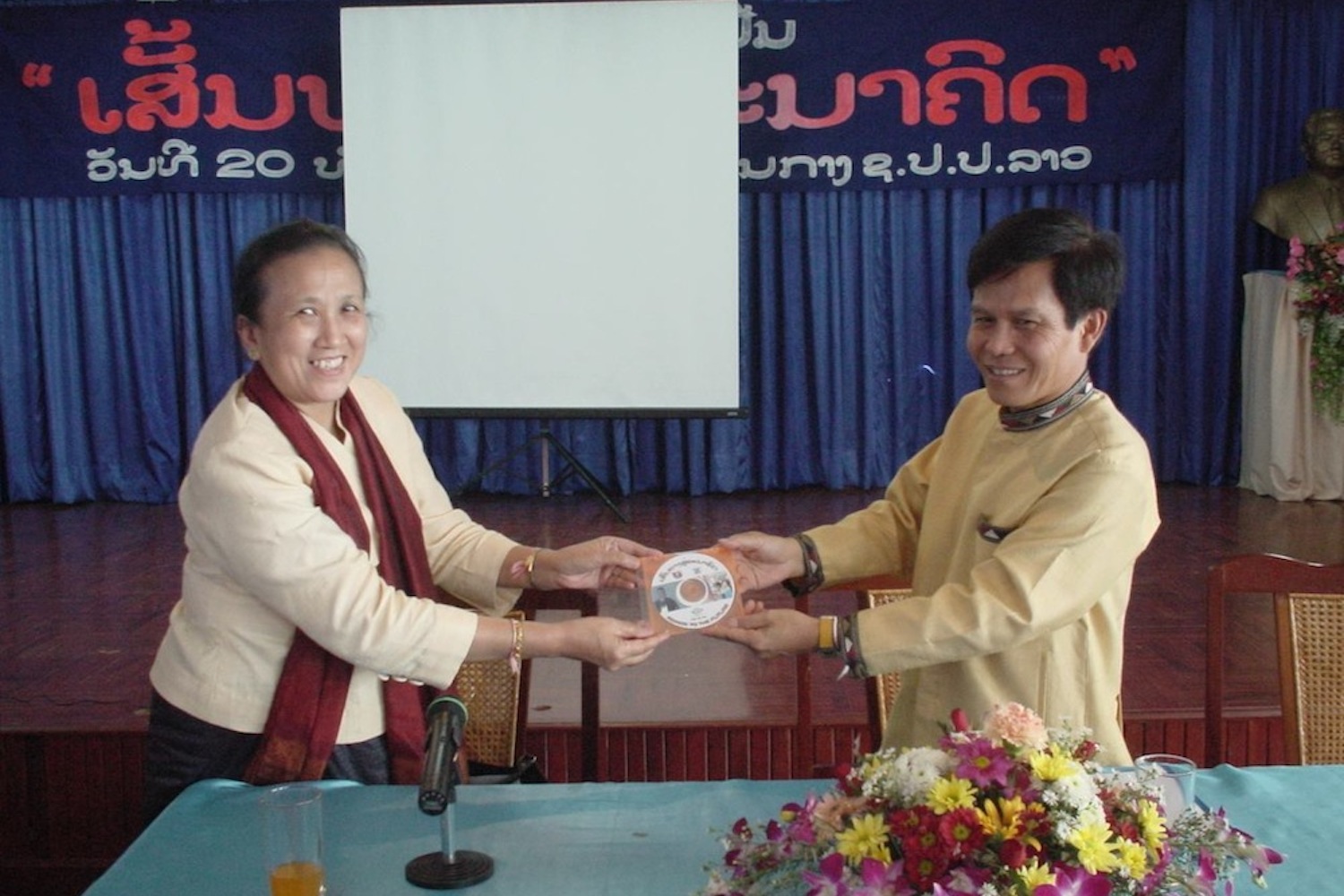 Press conference at the Foreign Correspondent’s Club of Thailand
Press conference at the Foreign Correspondent’s Club of Thailand
11am, Wednesday 31 August, 2016, Bangkok
At a time when ASEAN is witnessing an alarming increase in human rights abuses, restrictions on civil liberties, and a shrinking of democratic space in a number of its member states, what kind of example does this year’s ASEAN Chair, Laos, set for the regional bloc?
The enforced disappearance of prominent civil society leader Sombath Somphone in December 2012, ongoing arbitrary detentions, and extremely tight controls on the media and civil society have instilled an environment of fear, silence, and repression in Laos. Little news about the serious human rights abuses occurring in the country ever comes out in the media, allowing the continued violation of basic liberties.
Despite this repressive environment, foreign aid and investment continue to flow into Laos. Continue reading “ASEAN in Laos: Challenges of Leadership, Human Rights and Democracy”



 On the occasion of the eleventh Asia-Europe People’s Forum in Ulan Bator, Mongolia, we are reminded of the ninth AEPF held in Vientiane, the capital of the Lao PDR, in 2012.
On the occasion of the eleventh Asia-Europe People’s Forum in Ulan Bator, Mongolia, we are reminded of the ninth AEPF held in Vientiane, the capital of the Lao PDR, in 2012.

 Now, nearly four years later, Sombath is still missing. His abduction has been acknowledged world-wide as an “Enforced Disappearance”, and his case remains open at the UN Working Group for Enforced Disappearances, as well as at the UN Universal Periodic Review. To all the questions and calls for accountability of Sombath’s abduction, the Lao Government has stubbornly maintained the position that the state is not involved, and the police are still investigating.
Now, nearly four years later, Sombath is still missing. His abduction has been acknowledged world-wide as an “Enforced Disappearance”, and his case remains open at the UN Working Group for Enforced Disappearances, as well as at the UN Universal Periodic Review. To all the questions and calls for accountability of Sombath’s abduction, the Lao Government has stubbornly maintained the position that the state is not involved, and the police are still investigating. 



 The Sombath Initiative and Focus on the Global South are urgently seeking a Campaign Coordinator. Please see these
The Sombath Initiative and Focus on the Global South are urgently seeking a Campaign Coordinator. Please see these  Public Forum
Public Forum
 Not prepared to play the victim even after the recent ruling on the disappearance of her lawyer husband, Angkhana Neelapaijit is dedicating her life to helping others who suffer abuse of rights…
Not prepared to play the victim even after the recent ruling on the disappearance of her lawyer husband, Angkhana Neelapaijit is dedicating her life to helping others who suffer abuse of rights…
